Film Name:移動迷宮3:死亡解藥 / Maze Runner: The Death Cure
To be honest, I’m not really a fan of this series. I only wanted to finish the story because I’d seen the first two films.
As a film within its genre, “The Maze Runner” falls slightly short of the polished “The Hunger Games” in terms of execution and excitement, yet it manages to be better than the increasingly self-destructive “Divergent.” This middle-of-the-road status perfectly mirrors the film’s awkwardly mediocre quality.
Setting aside the undeniable decline in quality across the trilogy, this third installment, “The Death Cure,” had ample potential and opportunities to deliver a strong conclusion. Yet it managed to squander them all, ultimately ending in a disappointing and unsatisfying finale.
[Friendly reminder: Spoilers ahead.]
First, let’s address the most vexing issue—one that plagues many works—the protagonist’s aura being overly powerful.
The film’s main narrative drive stems from Thomas and his team’s mission to rescue Minos. Embracing the spirit of “face difficulties head-on, and if none exist, create them to push forward,” their journey is truly filled with “surprise after surprise.”
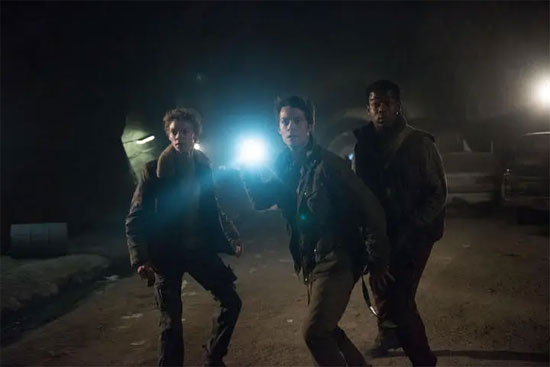
While the protagonist’s aura is unavoidable, a well-crafted work can employ numerous methods to refine, mitigate, or conceal it. In this film, it could manifest as Thomas’s pre-planned strategy or the equipment carried by Newt and the others to avert danger…
But the result is Thomas leading his companions on a reckless, brute-force rampage—every time they’re on the brink of disaster, someone else swoops in to save the day. It’s like someone delivers a pillow just as you start to nod off, and this comfortable ease persists throughout the entire journey.
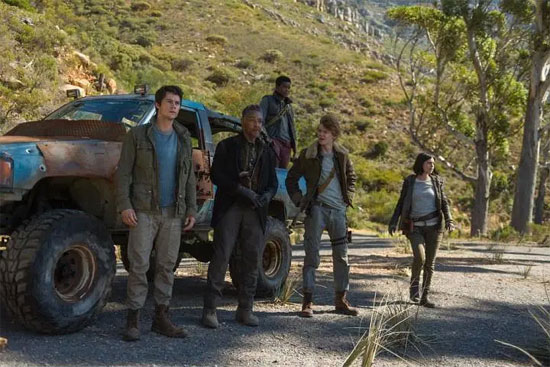
Then there’s the film’s central theme: the profound friendship among the protagonists. Clearly, the movie treats this bond as a more important selling point than its actual setup, so it should deliver corresponding “sincerity.”
The reality is, Thomas and the others’ friendship received little proper development or groundwork in the first two installments. They felt more like “cellmates” forced to flee together—a relationship that could certainly breed great friendship, but it can only be part of the cause and process, not directly evolve into the outcome (at the very least, give us some close-ups).
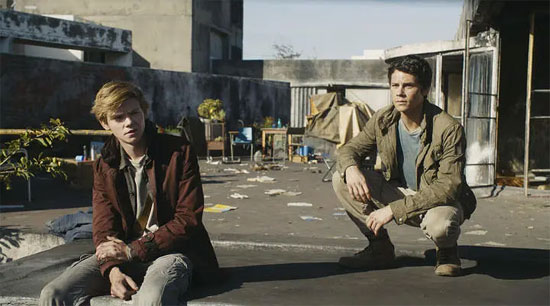
This leaves the impression of unlubricated sex—just hearing about it feels awkward.
Moving on to the action sequences, which should have been the series’ highlight. In the first film, The Maze Runner, “teenage parkour” was the main selling point. By the second installment, this element had faded significantly, shifting toward more conventional sci-fi action. In The Death Cure, the action scenes became increasingly diluted and superfluous. The lackluster train heist at the beginning, the maze and giant spider in Minho’s dream, and all the guards and rioters inside and outside the city before and after the uprising—they all functioned purely as background scenery…
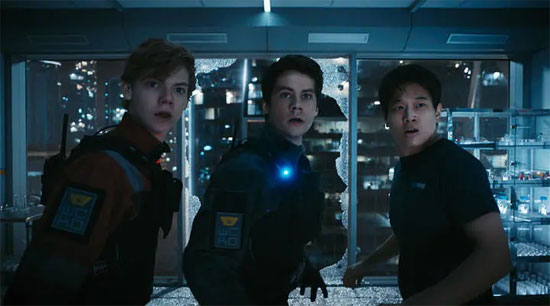
Only the tracking shot of Thomas and two others leaping from the lab building into the water pool elicited any reaction, but compared to the film’s tediously drawn-out pacing, these fleeting highlights are merely the faint glow of decaying grass.
The earlier points could be chalked up to the director and creative team’s limited capabilities, preventing perfection. But the subsequent flaws feel like squandering a strong hand through sheer incompetence.
The most glaring issue lies in the execution of the dystopian world.
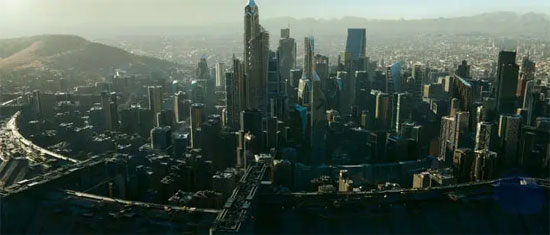
The design and symbolism of escaping the maze in the first film were quite compelling. Returning to it in the third installment demands a more compelling justification—beyond mere rescue—yet the film offers only simplistic, caricatured opposition between those inside and outside the walls.
In truth, the shared goal of “saving humanity” on both sides could have been explored in depth. Eva’s cold-blooded sacrifice, Janson’s ruthless elitism, Teresa’s commitment to the greater good, Thomas’s yearning for freedom and equality, and even Lawrence’s destructive madness all possessed compelling potential.
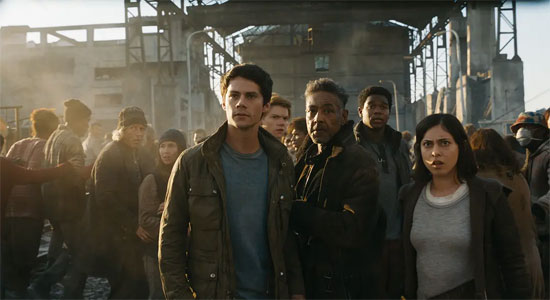
Yet ultimately, any of these ideas—which could have been amplified—are merely touched upon (like Newt dying before Thomas, who could have saved him, could have carried greater weight). Beneath the film’s mediocre execution lies a lack of depth commensurate with its ambitious premise.
Given this foundation, another deeply regrettable aspect follows logically: the young actors’ performances aside, the film’s palpable creative constraints left little room for the seasoned actors to shine.
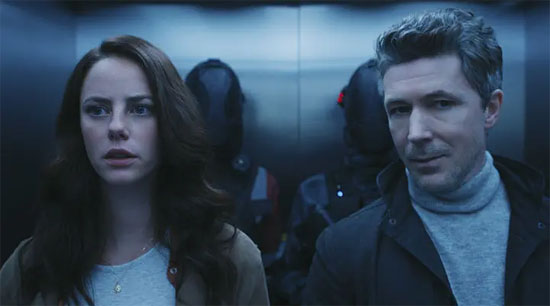
Aidan Gillen, Giancarlo Esposito, Patricia Clarkson, and others—to name just a few iconic characters from recent American TV series: “Littlefinger” from “Game of Thrones,” ” The Chicken Man,” and “House of Cards”‘s “The Witch”—movies can’t compete with TV series, but just a bit more nuance instantly elevates the performance’s value.
Take Uncle Aidan, for instance. He’s better suited to playing brooding, calculating villains—and that’s exactly how he played it in the second season. Yet in the third, he resorted to the clichéd “Blow him to bits! He got away, I’m so mad! As long as I survive!”
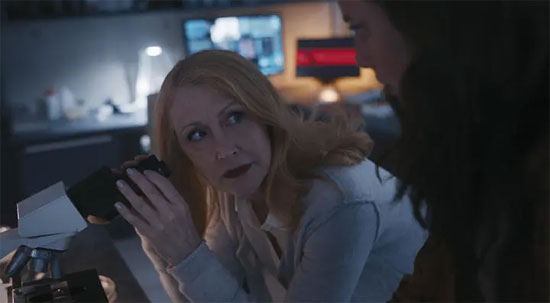
The most fatal flaw lies in the film’s ultimate positioning and conclusion.
After all that buildup, the hope for humanity’s salvation ultimately rests on Thomas, a former experimental division employee. Did his blood undergo genetic mutation or something? How could the “death antidote” have been right under everyone’s noses without anyone noticing?
The ending also left me frowning. Whether Thomas and Teresa escape together for a happy ending, or both perish in flames for tragedy, the decision to let Thomas—who was prepared to die—survive while sacrificing Teresa, who holds the technology to save humanity, is a seemingly plausible yet inexplicably nonsensical design that completely derails the film’s core message.
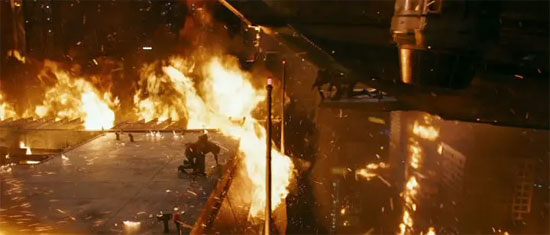
Even more jarring: when the gravely wounded Thomas regained consciousness, I thought humanity was saved. But then, right before the end, he pulled out that vial of serum again… So you were hiding it all along? Never once considering saving the rest of humanity doomed to die, beyond your own little utopia? Doesn’t that make you just like the main villain, Janson?
By this point, I wasn’t sure if I’d misunderstood—even if all humanity were saved, it couldn’t salvage the tone of The Maze Runner, which had long since gone off the rails.
Works like this teen dystopia remind us: when you dig a hole, you better figure out how to fill it in first. And if you realize you can’t fill it, you’d better find another way to cover it up.
Please specify:Anime Phone Cases » Maze Runner: The Death Cure 移動迷宮3:死亡解藥 2018 Film Review: A textbook example of squandering a winning hand